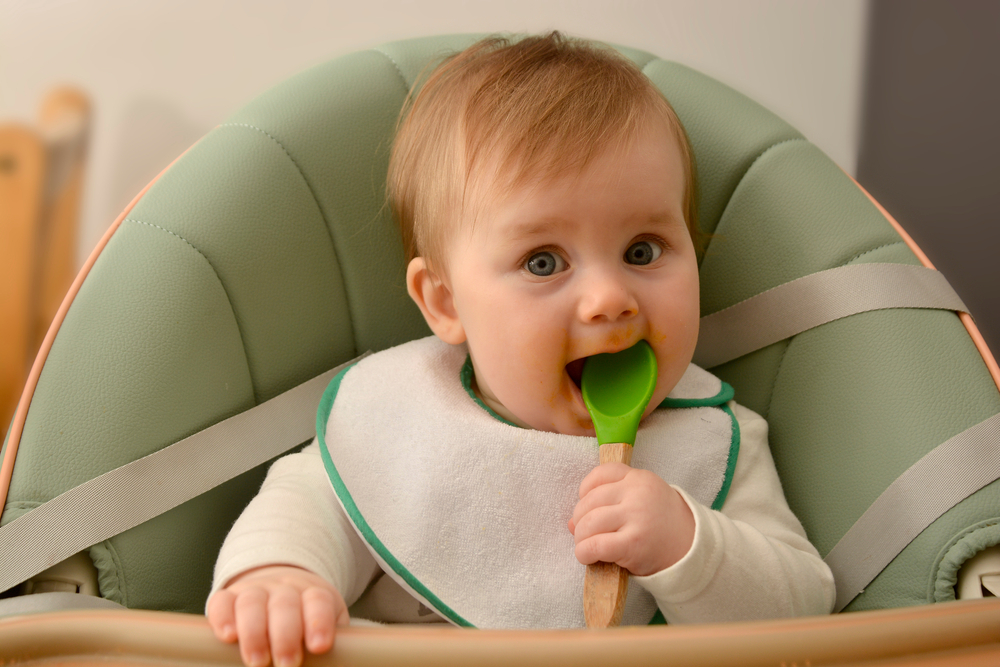When Does a Baby Become a Toddler? Key Age Milestones
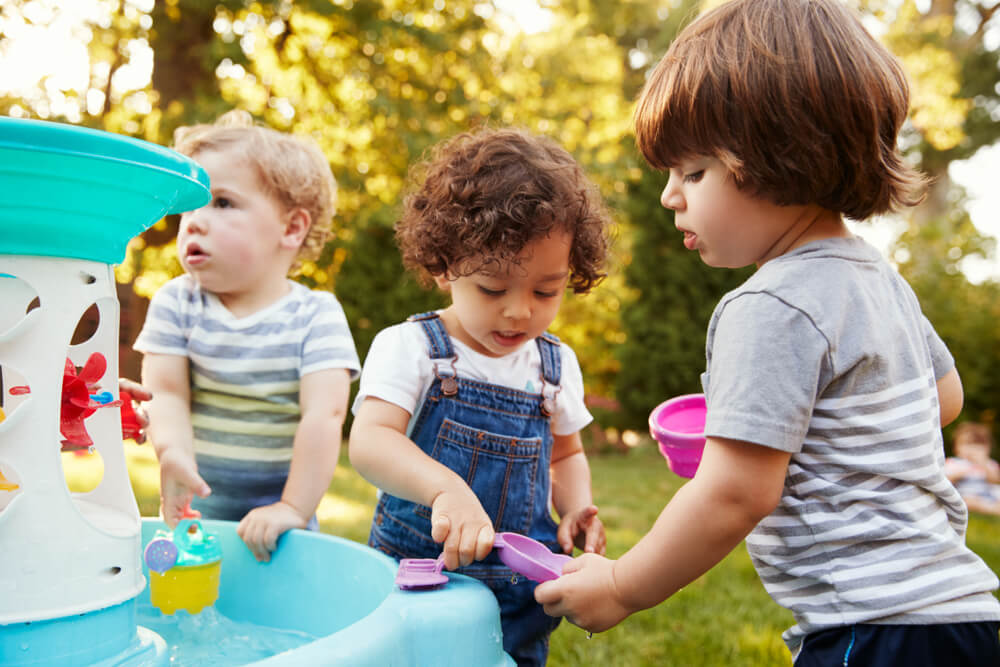
“Toddler” is one of those relatively vague terms that many parents aren’t entirely sure about, with many wondering about “What age is a toddler, exactly?”. Well, this guide is here to shine some light on the subject, exploring the generally accepted toddler age range so you know exactly when your little one counts as a toddler.
Contents:
- Why Does Age Range Even Matter?
- Newborn, Baby, and Infant Age
- Toddler Age Range
- Who Is Toddler? Common Age Range
- Cheat Sheet To Go From Years to Months and Months to Years (With Age Stages)
- Toddler Age Range Demystified
- FAQs
Why Does Age Range Even Matter?
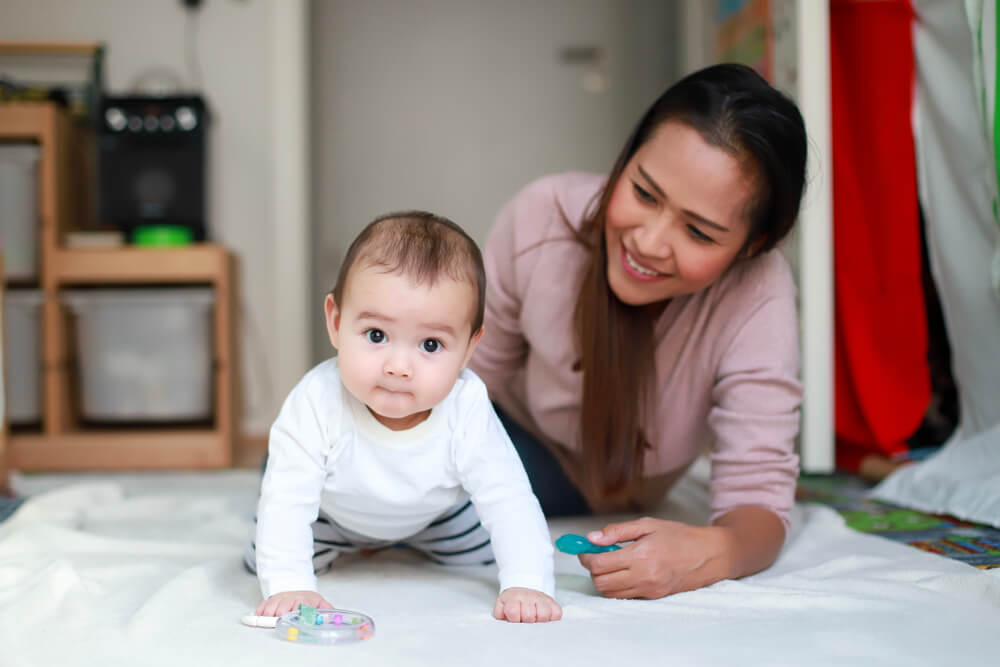
Onjira Leibe/Shutterstock.com
Before we look at the key questions like “What age is considered a toddler?” and “How long is a baby a newborn?” it’s first important to understand why these terms and concepts actually matter.
There are many reasons why it’s useful to have clear, defined age ranges for young children.
First of all, it’s helpful for parents, as you can track your child’s progression from stages such as newborn, infant, and toddler, which makes it easier to identify key milestones in those stages and figure out if your child is developing as expected, or if they have any issues.
What’s more, children at different stages will have different needs.
The needs of a newborn, for example, in terms of food, support, sleep, and engagement are totally different from those of a toddler. Toddlers have more advanced cognitive abilities and learn in different ways, so it’s helpful to have these age ranges so we know how to treat and look after children at various stages of their lives.
In short, age ranges help us to categorize children according to their needs and developmental milestones, which generally makes it easier to raise and care for them.
Newborn, Baby, and Infant Age

javi_indy/Shutterstock.com
As well as “toddler,” some of the other terms and age brackets you may hear in relation to your child include “newborn,” “infant,” and simply “baby.”
So, what do these terms all refer to, specifically?
- The newborn age range typically applies only for the youngest of babies, in those early days and weeks after they were born. There’s no clear, exact range, but it’s generally agreed that newborns range from the moment of birth up to a maximum of three months.
- The infant age range extends up to the first year of life. So, you can hear babies referred to as infants at any point from birth up to their first birthday.
- As for “baby,” that’s more of a general term that can apply to any young child who isn’t yet walking or into the toddler phase. Even some toddlers may be referred to as babies from time to time, but the term is generally reserved for those between 0 and 1, like “infant.”
Toddler Age Range

New Africa/Shutterstock.com
So, we know about infants and newborns, but when is a baby a toddler? At what stage does the toddler age range truly begin?
Experts agree that the toddler stage starts at one year old. In theory, the word “toddler” suggests any baby that has progressed to the stage where they are able to stand up and “toddle” around on their own. However, babies don’t necessarily need to walk to be classified as toddlers. They just need to have celebrated their first birthday.
As for the end of the toddler age range, that’s not quite as clear. Experts have a bit of disagreement on this, but the general view is that it’s around three years of age.
Who Is Toddler? Common Age Range
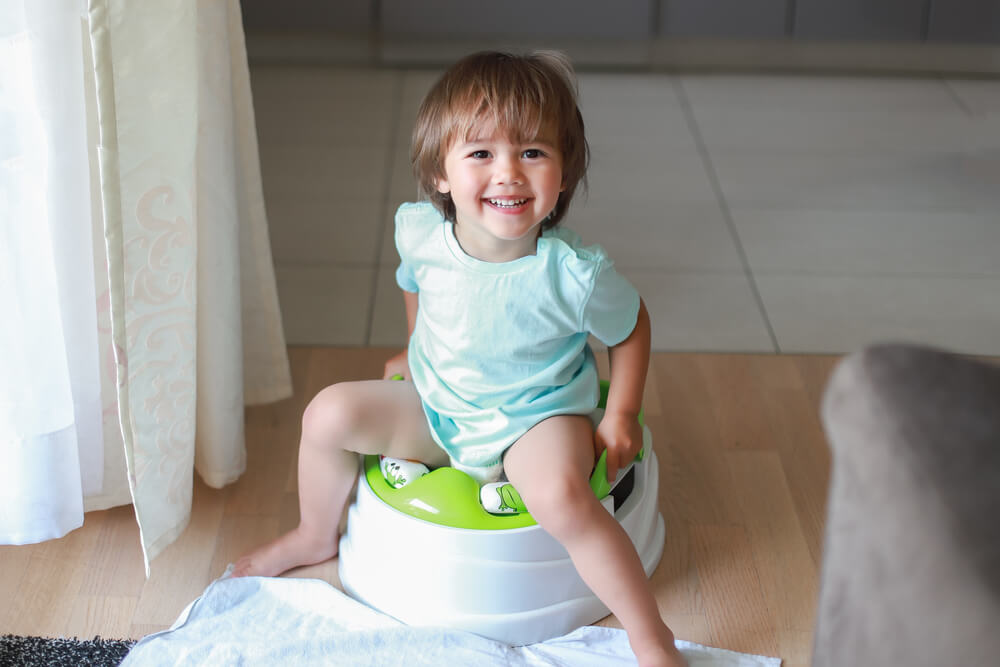
Onjira Leibe/Shutterstock.com
Given the information outlined above, we can define the toddler age range as being between one year old and three years old. Any child within that range counts as a toddler. Below that age, they’re in the “infant” or “baby” category, and once they go beyond the toddler age range, they enter into the “pre-school” category, which runs from three to five years.
When your baby becomes a toddler, safety matters become even more crucial. Download the Findmykids app to ensure you always know where your little one is and keep them safe as they explore the world. Stay connected and secure with real-time location tracking.
Common Age Range Child Developmental Stages: Toddler Age

Garna Zarina/Shutterstock.com
We can divide the toddler phase (ages 1–3) into two distinct and separate developmental stages.
1–2
Between their first and second birthday is the first stage of toddler development. This is a huge year for little children, as they seem to grow enormously in every possible way, physically, emotionally, and mentally. They’ll usually take their first steps at this stage and say their first words, as well as gradually becoming more independent, improving their fine motor skills, and expressing more of their personality.
2–3
Between the second and third birthdays is the next step of toddler development. This can be a tricky time, famously known as the “terrible twos“, when toddlers become very emotional and may throw tantrums as they test the limits of their autonomy and authority.
During this stage, key milestones should include walking up and down stairs, being able to say dozens of different words, being able to have small conversations and know their own name, understanding cause and effect, playing with other kids, and solving some simple problems.
Signs That Your Baby Is No Longer a Baby

Best smile studio/Shutterstock.com
Next, let’s see some of the most common signs that your little baby is growing up and should now be classed more as a toddler than a baby:
- They’re Over 1: If they’ve celebrated their 1st birthday, your little bundle of joy technically falls into the toddler age range.
- They’re Walking: Once babies start to walk or “toddle” around, they tend to be classed more as toddlers than babies or infants.
- They Speak More: At the toddler ages, children start speaking much more, saying a range of real and made-up words.
- They Use More Gestures: You’ll also find that your little one starts using many more gestures and waving their arms and hands around to show how they feel.
- They Seem More Independent: As children progress through their toddler years, they show more signs of independence and wanting to do stuff themselves.
- They Make Friends: First friendships tend to be made during the toddler stage, and children at this age will be able to engage with each other and play together.
- They Sleep Longer: Once your baby enters the toddler phase, you should find that you get a lot more rest as they’ll sleep through the night quite regularly.
- They’re Learning Letters and Numbers: During the latter part of the toddler phase, children will learn letters, numbers, shapes, colors, and more.
Difficulties of Toddler Age

Irina Wilhauk/Shutterstock.com
While there are many exciting milestones associated with the toddler age range, this period also brings some challenges, too, such as:
- Tantrums: In their toddler years, many little ones start becoming more emotional and may throw tantrums when they don’t get what they want when they want it.
- Clingy: Despite becoming more independent at this age, some toddlers also go through clingy phases where they won’t want to separate from their parents, even for a minute.
- Support: It can be tricky for moms and dads to provide the amount of support their toddlers need, especially in terms of education and stimulation for their growing minds.
- Bedtime: While toddlers sleep a lot longer than babies, many of them fight the urge to sleep and may need a lot of time and attention at bedtime before drifting off.
- Accidents: As toddlers are able to move, walk, and even run around, they’re more prone to slips, falls, and little accidents and injuries, so parents have to be careful.
- Potty Training: During the toddler phase, it’s normal for little children to learn how to use the potty, which can be quite a challenge for parents.
Cheat Sheet To Go From Years to Months and Months to Years (With Age Stages)
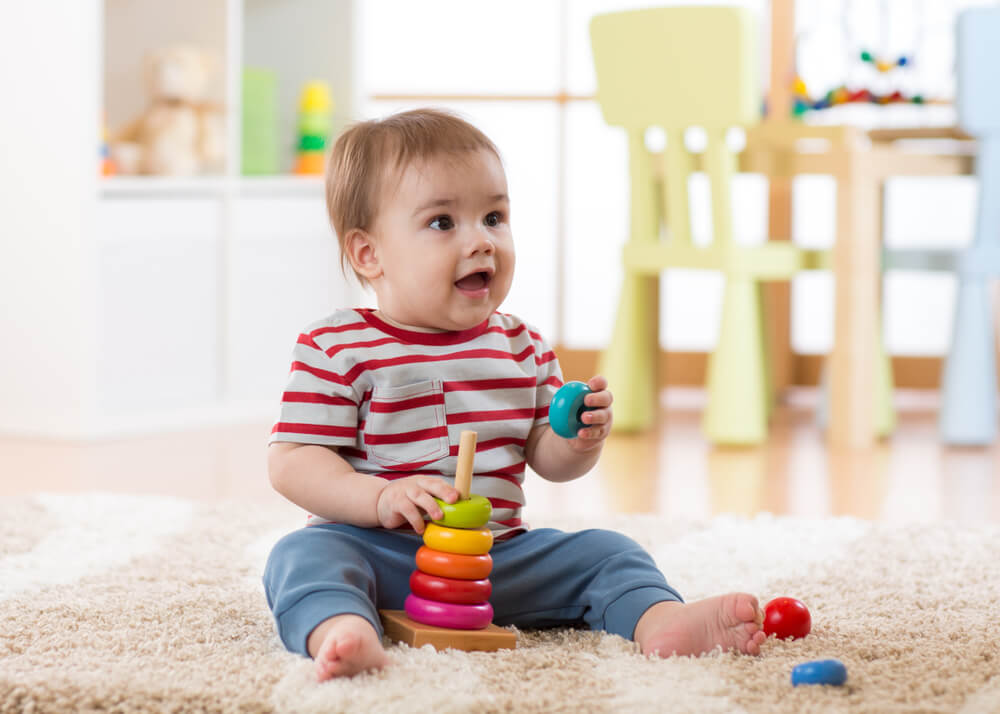
Oksana Kuzmina/Shutterstock.com
When children are still young, in their infant and toddler stages, every month can feel like a milestone. As such, we tend to measure their ages in both months and years, which can make things a little tricky sometimes when we’re trying to calculate exactly how old a child is and which age range they fall into.
Here’s a quick cheat sheet to help you with converting years to months and vice versa, with the relevant age ranges included:
| 3 months | ¼ year | Newborn |
| 6 months | ½ year | Infant |
| 12 months | 1 year | Toddler |
| 18 months | 1.5 years | Toddler |
| 24 months | 2 years | Toddler |
| 30 months | 2.5 years | Toddler |
| 36 months | 3 years | Toddler |
| 42 months | 3.5 years | Preschooler |
| 48 months | 4 years | Preschooler |
| 54 months | 4.5 years | Preschooler |
| 60 months | 5 years | Grad schooler |
⠀
And remember—as your toddler grows, keeping them safe becomes a top priority. Download the Findmykids app for real-time location tracking and peace of mind. Ensure your child’s safety every step of the way!
Toddler Age Range Demystified
There you have it. The toddler age range is clearly defined and demystified, once and for all. Now you know all about the key ages that fall into the toddler category, which should make it easier for you to support your child’s growth and adapt as they enter the toddler years and eventually grow out of them and into the preschool stage.
Be sure to share this article around so other moms and dads can learn more about toddler ages, too.
FAQs
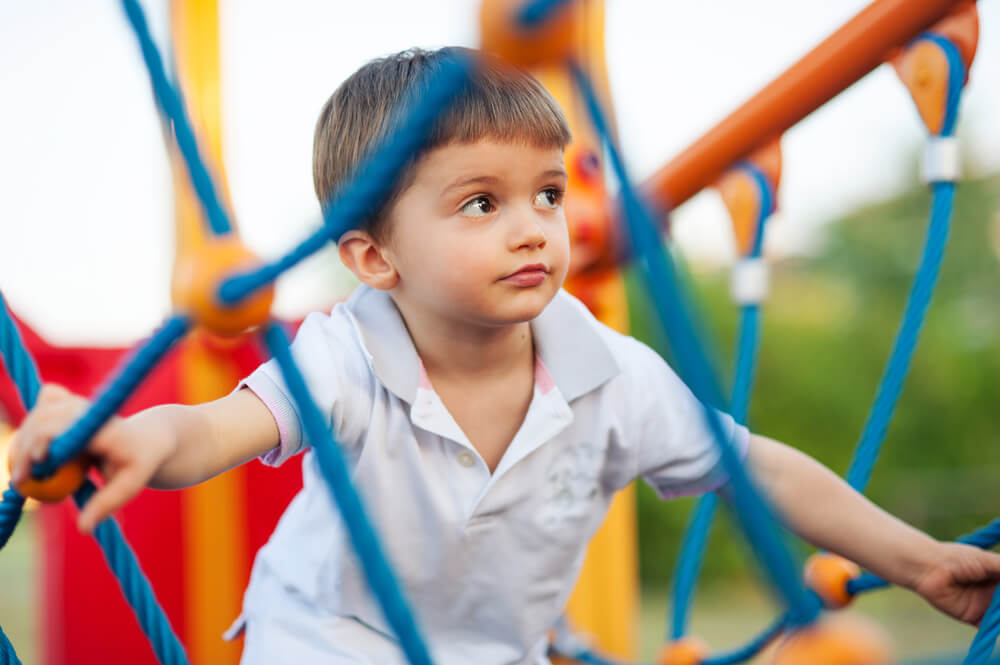
pio3/Shutterstock.com
Is 4 Years Old Still a Toddler?
No, at four years of age, children fall into the “preschooler” age range and are no longer classified as toddlers. They have more advanced cognitive skills at this age and different needs as well as a toddler.
Is My 5-Year-Old a Toddler?
No, five years old is quite a long way past the age of a toddler, which typically falls between one and three years. At five, a child would be classed as a school-aged child or “gradeschooler.”
What Are 5-Year-Olds Called?
There are several different terms for five-year-old children. “Gradeschooler” is one popular term in the U.S., while “school-aged” may also be used.
Are You Still a Toddler at 6?
No, at the age of six, a child is several years beyond the toddler stage. Toddlers are typically aged between one and three. At six, a child is a gradeschooler instead.
The picture on the front page: Monkey Business Images/Shutterstock.com
Проверьте электронный ящик















